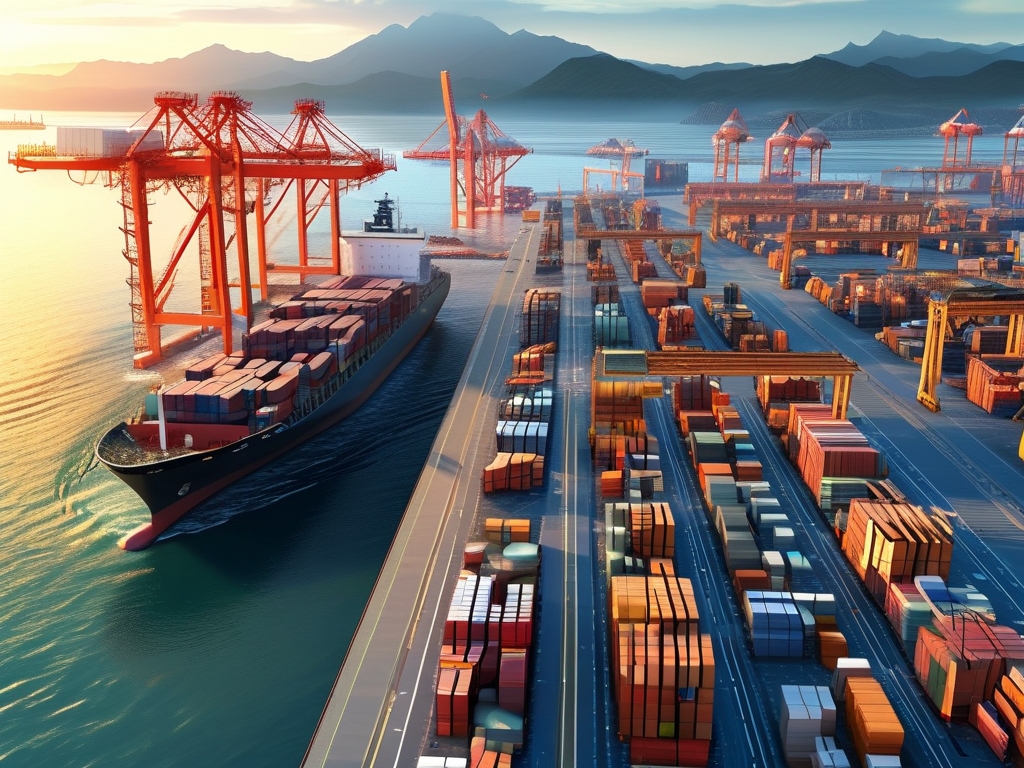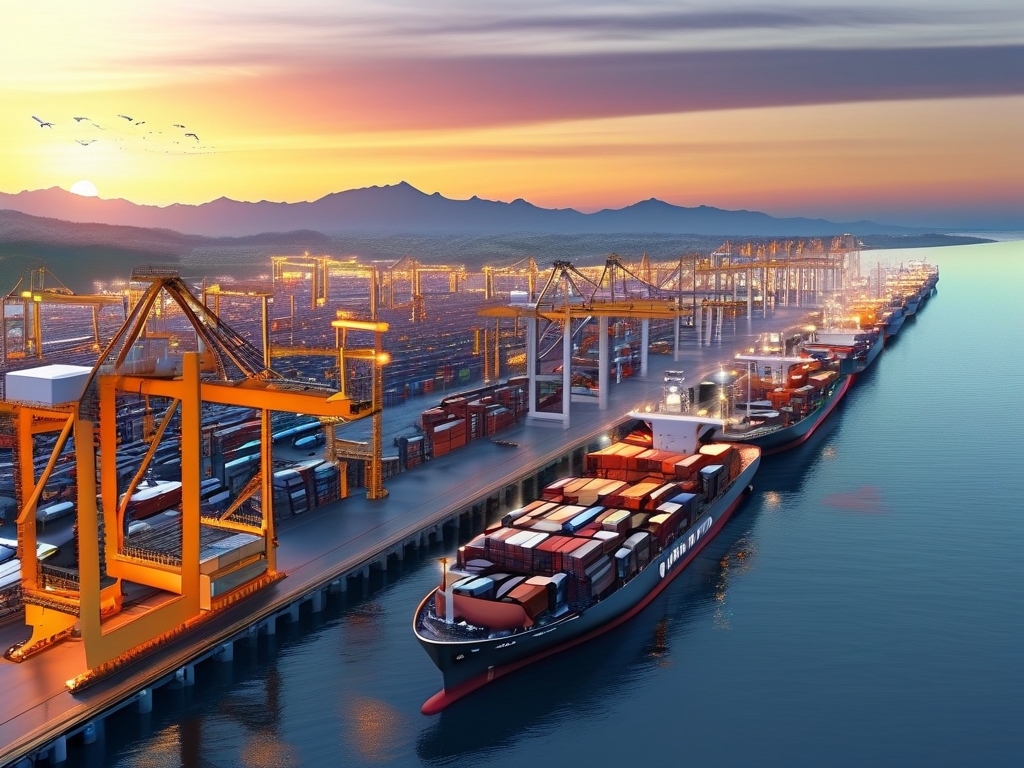The rapid evolution of global trade and logistics demands innovative solutions to optimize efficiency, sustainability, and security. At the heart of this transformation lies the Intelligent Port System Architect—a multidisciplinary professional tasked with designing and implementing advanced technological frameworks for modern ports. This article explores the responsibilities, challenges, and strategic value of these architects in redefining maritime logistics.
The Emergence of Intelligent Ports
Intelligent ports leverage technologies like IoT, AI, blockchain, and 5G to automate operations, reduce costs, and minimize environmental impact. Unlike traditional ports, which rely on manual processes and fragmented systems, smart ports integrate data-driven decision-making across cargo handling, vessel scheduling, and supply chain management. For instance, automated cranes, AI-powered traffic prediction, and blockchain-based documentation systems are now critical components of port infrastructure.

Core Responsibilities of an Intelligent Port System Architect
- System Integration: Architects must harmonize legacy systems with cutting-edge technologies. This includes ensuring interoperability between IoT sensors, cloud platforms, and AI analytics tools.
- Cybersecurity Design: With increased connectivity comes heightened vulnerability. Architects embed robust security protocols to protect sensitive data and operational systems from cyber threats.
- Sustainability Planning: Reducing carbon footprints is a priority. Architects design energy-efficient systems, such as smart grids for electrified docks and AI algorithms to optimize fuel consumption in cargo vehicles.
- Stakeholder Collaboration: They bridge gaps between port authorities, shipping companies, governments, and technology vendors to align technical solutions with regulatory and business needs.
Technical Challenges in Smart Port Architecture
- Data Overload: Ports generate terabytes of data daily. Architects must build scalable architectures capable of real-time processing while avoiding bottlenecks.
- Legacy Infrastructure: Retrofitting outdated systems without disrupting operations requires phased implementation strategies.
- Regulatory Compliance: Navigating international standards (e.g., IMO regulations) and regional policies adds complexity to system design.
Case Study: Rotterdam’s PortXchange Platform
The Port of Rotterdam, Europe’s largest seaport, exemplifies the impact of intelligent architecture. By deploying PortXchange—a digital platform co-designed by system architects—the port reduced vessel waiting times by 20% through predictive analytics. The platform integrates weather data, ship schedules, and terminal availability to optimize berth allocation, demonstrating the tangible benefits of cohesive system design.
Future Trends and Innovations
- Digital Twins: Virtual replicas of ports enable real-time simulation and risk assessment. Architects are pioneering these models to test scenarios like congestion management or disaster response.
- Autonomous Vessels: As self-navigating ships become mainstream, architects must adapt port infrastructure to support AI-driven docking and cargo handling.
- Blockchain for Transparency: Distributed ledger technology is revolutionizing customs clearance and cargo tracking, requiring architects to redesign documentation workflows.
The Human Element: Skills Beyond Technology
While technical expertise is paramount, successful architects also possess soft skills. Negotiating with stakeholders, managing cross-cultural teams, and communicating complex concepts to non-technical audiences are equally critical. For example, convincing port operators to adopt AI-driven predictive maintenance requires translating technical advantages into measurable business outcomes.
Intelligent port system architects are the unsung heroes of global trade modernization. By blending engineering prowess with strategic vision, they create ecosystems where efficiency, security, and sustainability coexist. As ports evolve into “smart cities of the sea,” the role of these architects will only grow in importance, shaping the future of commerce in an interconnected world.







